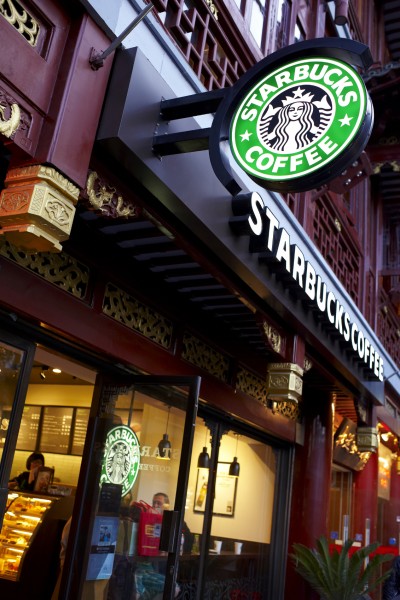By Andrew Morris
With both advances in new technology and constant innovation in the use of existing materials and techniques, the sign industry has seen rapid change in the implementation of adhesives, including structural adhesives as an alternative to welding and mechanical fasteners in fabrication processes. The competitive advantages of anchoring adhesives, anchoring adhesives and cyanoacrylates or ‘super glues’ may not all be widely known, but they have been well-established through decades of use.
Many signmakers still rely on mechanical means of fastening structural components and could benefit from reduced costs, greater esthetic appeal and even improved performance by using modern adhesives and techniques. Indeed, as the industry’s awareness of adhesive products and practices continues to grow, more and more sign fabricators are turning to them.
Protecting LEDs
With the rise of light-emitting diode (LED) technology in the sign industry, fabricators have adopted potting and encapsulation materials to mount and protect LEDs. Presently, only professionals who specialize in LED production and installation tend to be familiar with the adhesives available for these applications, but as demand for energy-efficient illuminated signs increases, the awareness and use of these materials will become more commonplace.
LED technology is also becoming increasingly important as the public becomes more accustomed to high-resolution moving images, from computer monitors to TVs to smart phone screens. Full-colour LED-based video boards are the sign industry’s answer to this high-tech environment, capable of capturing the attention of the modern consumer.
Potting and encapsulation are probably the best measures for the protection of LED components. They involve engulfing a component or assembly with a solid or gelatinous material. This process offers many potential benefits, including heat dissipation, ultraviolet (UV) resistance, shock absorption, protection from moisture, enhanced light transmittance, chemical resistance and greater ease of use and repair.
Many types of materials can be used for potting and encapsulation, such as urethane, epoxy and acrylic. Silicone is probably the best option for LEDs, due to its non-reactivity, its UV resistance and the availability of optically clear and non-yellowing formulations.
Silicone is available in a wide range of hardnesses (as measured with a durometer), from gels to roughly the equivalent of a pencil eraser. Some silicone gels are self-healing, meaning the potted components will still be accessible should repairs, maintenance or modifications become necessary. It is very important to select the right silicone product, as some formulations are considered corrosive and can degrade an LED over time.
Most silicone potting compounds are available in two-part systems, consisting of a base and a catalyst. Some are available in integrated cartridge dispensing systems, much like those used for common structural adhesives. This type of system uses an adhesive cartridge, a manual or pneumatic dispensing gun and a static mixer or ‘mixing tip.’ The material is mixed as it is dispensed, for fast and easy application.






